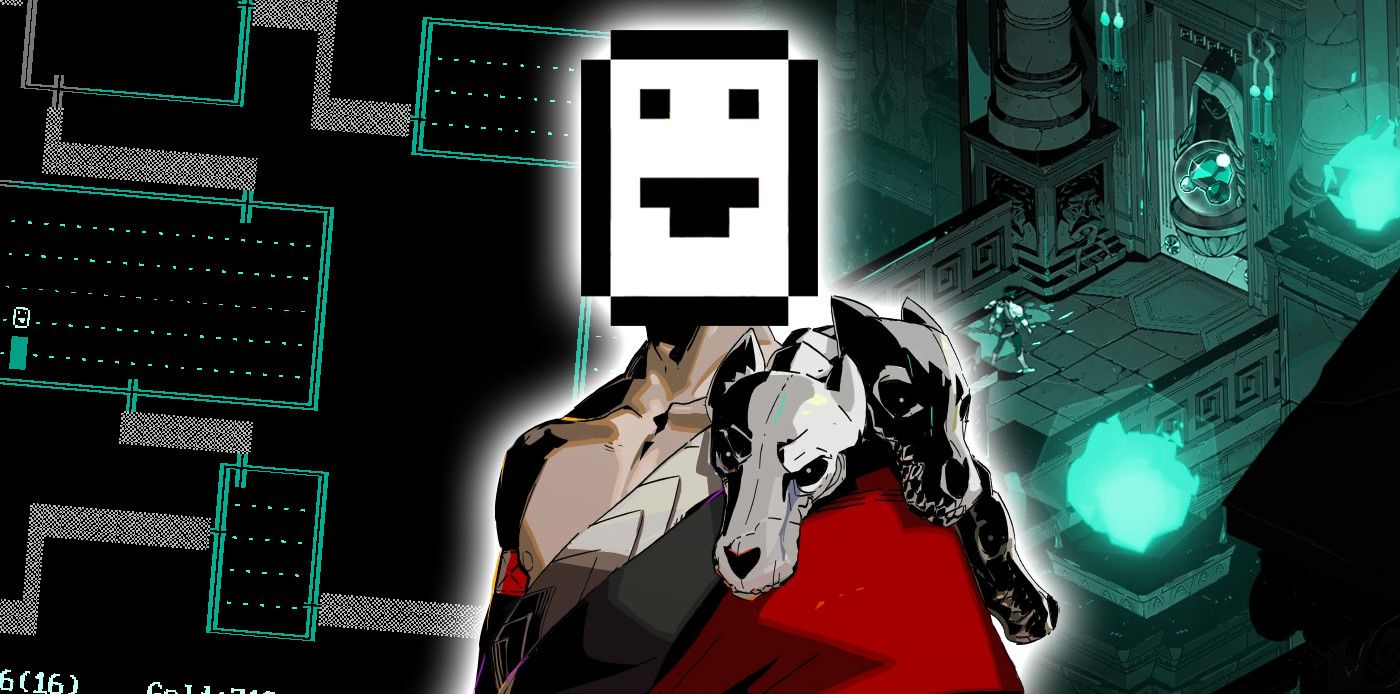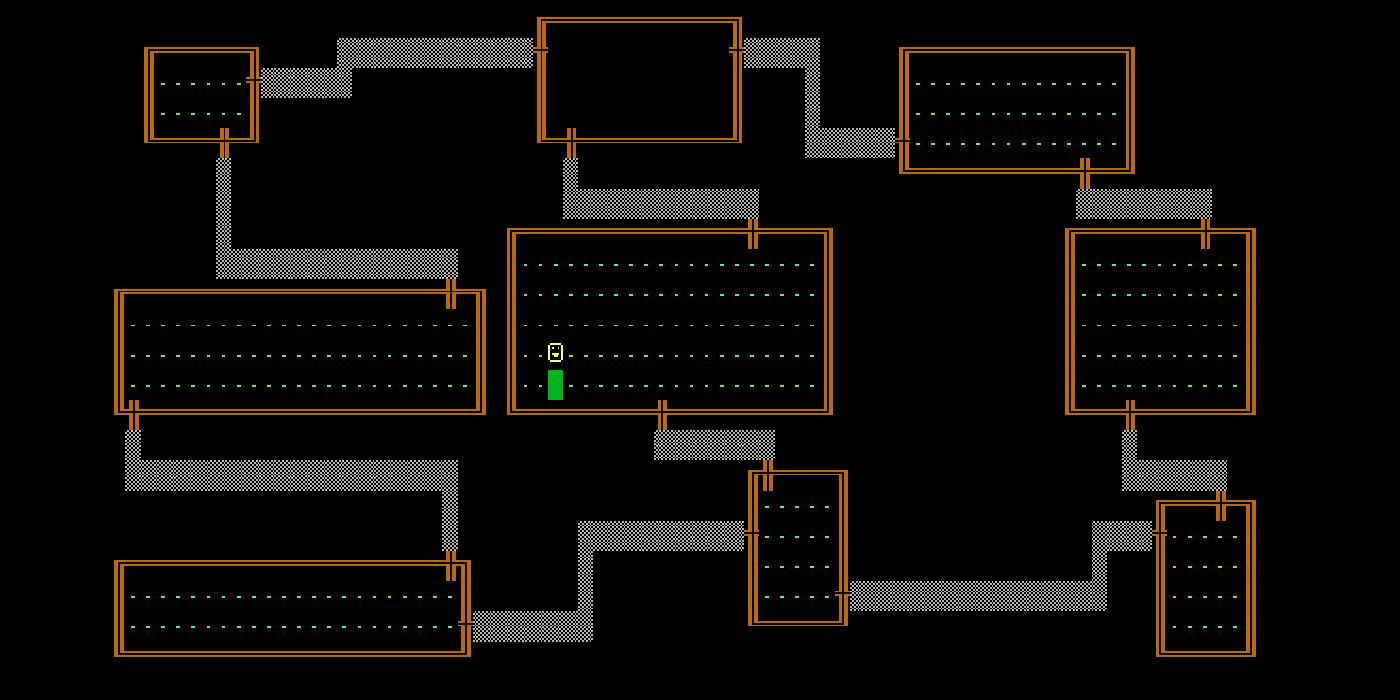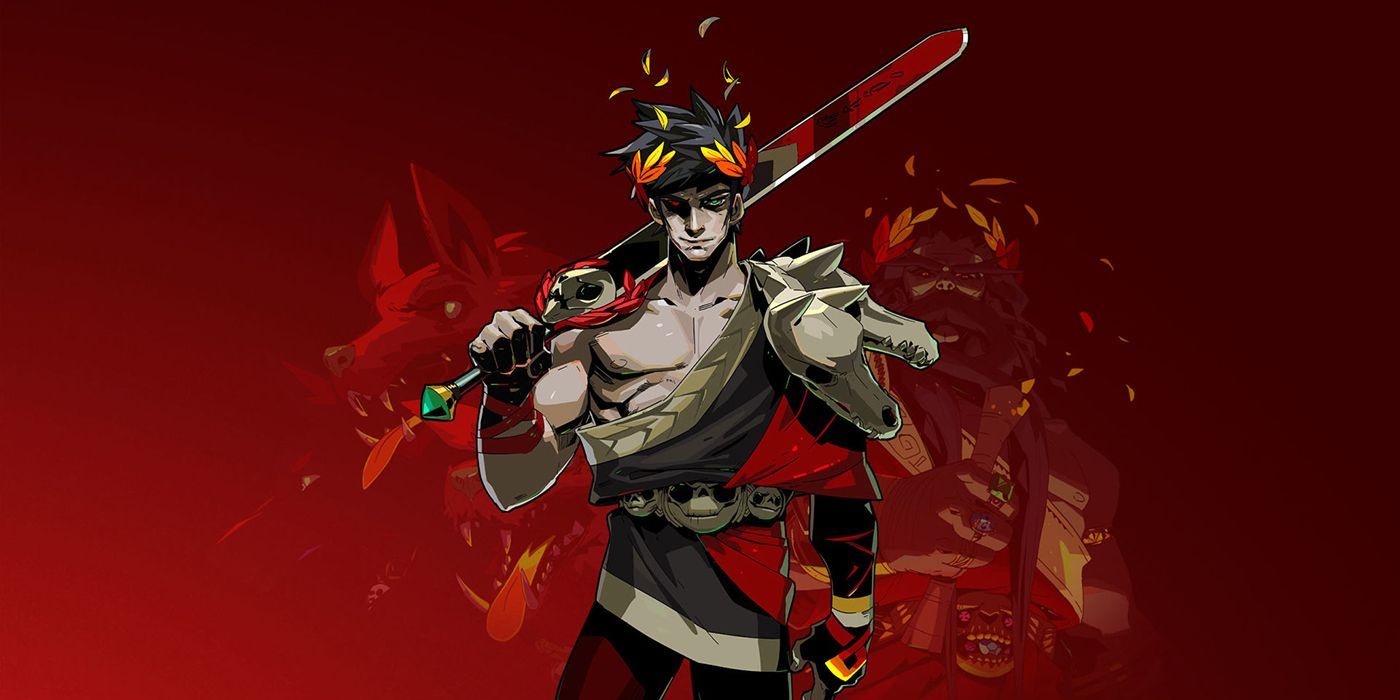The success of games like Hades and Returnal has helped launched the genre of roguelikes back into popularity. The name for the genre is fairly close to another kind of game called a roguelike, though both game genres draw their inspiration from the immensely popular ASCII-styled dungeon crawler known as Rogue. Those not familiar with these two genres or the original Rogue may end up wondering what exactly the difference between roguelikes and roguelites is.
Defining roguelike and roguelite games can't be done without talking about where the first half of those words came from. Rogue is an incredibly influential dungeon-crawler that was released in the year 1980. In Rogue, players navigate a series of procedurally generated rooms to try and reach the last floor of the dungeon in a single life, utilizing weapons, armor, spell scrolls and other items that they find along the way.
The term roguelike was coined sometimes in the early '90s to refer to games that contained a similar set of features to early RPGs and dungeon crawlers. Rogue was the earliest of these kinds of games, so it was chosen by online forums to represent the genre. In many ways, the online community-focused origins of the roguelike genre share some similarities with how people started calling games similar to Dark Souls Soulsborne games.
Generally, a game is considered a roguelike if it features permadeath, procedurally generated levels and plays like an RPG. Defining a genre can be pretty subjective, though those features tend to be the more well-defined traits of a roguelike. The name is fairly literal, as many of those features were present in the original Rogue.
If any of those three factors are missing from a game, it's generally not considered to be a roguelike. For example, while the colony-simulator RimWorld features permadeath mechanics and a procedurally generated planet, it plays more like a management game than an RPG. RimWorld does have RPG mechanics, though these serve to enhance the game's main genre as a survival-management game.
Hades and Returnal have been described as roguelikes, and while they do take inspiration from the roguelike genre, they both lack one of the three critical traits of a roguelike. Both games feature perma-death mechanics and procedurally generated levels, but they lack the table-top RPG mechanics present in the original Rogue. A good way to tell between a roguelike and a roguelite is to look for good turn-based combat or some kind of stat-based progression system.
Hades and Returnal are actually better described as roguelites, a much more modern term that was first used sometime around the indie-game boom of the early 2000s. Roguelites are essentially any game that takes elements from the roguelike genre and mixes them in with a different style of gameplay. For example, Returnal adds permadeath and procedurally generated levels to a fast-paced shooter bullet-hell, blending multiple genres with elements of Rogue.
Roguelites are sometimes called roguelike-likes due to how they are often far more varied than the set-in-stone definition of roguelikes. These two genres often get grouped together as just being roguelikes, especially when considering how strict the original definition of roguelike is. Generally, if the game takes inspiration from the roguelike genre rather than from Rogue itself, the game would be considered a roguelite.
As roguelites and roguelikes continue to become more mainstream, it's important to recognize what sets these two genres of games apart and how the history of the genre defines it today. Many indie developers continue to make games in the spirit of Rogue, with games like Dwarf Fortress and Cataclysm: Dark Days Ahead is some of the best examples of the genre. Roguelites, meanwhile, continue to create some truly unforgettable gameplay experiences, showing just how far the genres have come since the ASCII art days of Rogue.



